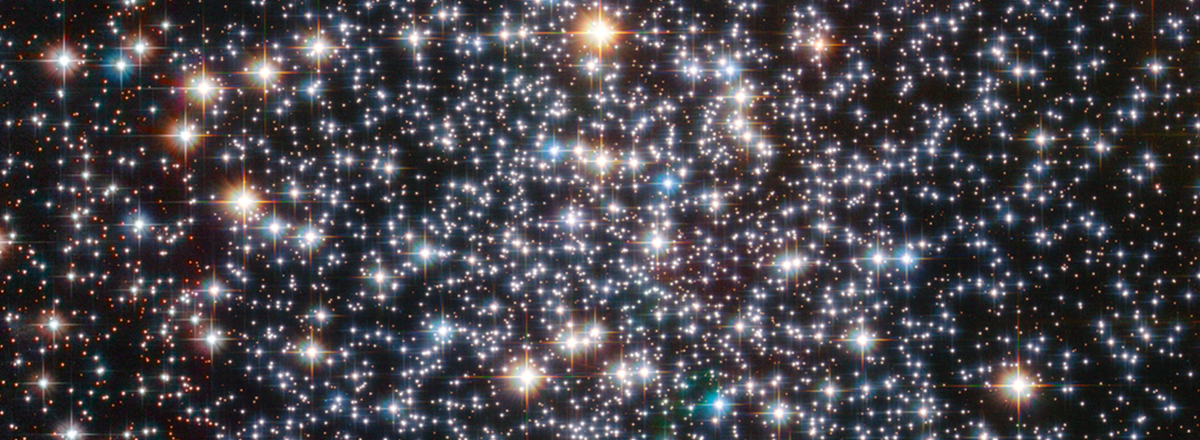Hubble Space Telescope Reveals a Rare Intermediate-Sized Black Hole
The data collected by Hubble rule out alternative explanations for the object, such as a compact central cluster of stellar remnants like neutron stars, or smaller black holes orbiting each other.

Using NASA's Hubble Space Telescope, astronomers have obtained what they say is the best evidence to date for the presence of the rarest object in the universe – an intermediate-sized black hole not far from Earth.
The object was found hiding in the center of the nearest globular star cluster just 6 thousand light-years from our solar system. It cannot be seen, but its mass is calculated by studying the motion of stars caught in its gravitational field.
It is common to find small black holes just several times the mass of our sun or supermassive black holes weighing millions or billions of times our sun's mass. However, intermediate-mass black holes weighing between 100 and 100,000 solar masses have not yet been found, although theoretically, they should exist. Scientists are trying to understand how they can form, where they might be, and why they are so rare.
Astronomers have identified medium-mass black hole candidates using various observational techniques. The top two candidates – 3XMM J215022.4-055108, which Hubble helped discover in 2020, and HLX-1, discovered in 2009 – reside in dense star clusters on the edges of other galaxies. Each of these possible black holes has a mass of tens of thousands of suns and may once have been in the centers of dwarf galaxies.
Now Hubble's unique capabilities have been used to point to the core of the globular star cluster M4 (Messier 4) and hunt for black holes with greater accuracy than in previous searches.
In the video published by NASA, stars can be seen moving in a circle around an unseen center of mass. The simulations showed that with a very high probability, it could be an intermediate-class black hole of roughly 800 solar masses.
The data collected by Hubble rule out alternative explanations for the object, such as a compact central cluster of stellar remnants like neutron stars, or smaller black holes orbiting each other.

